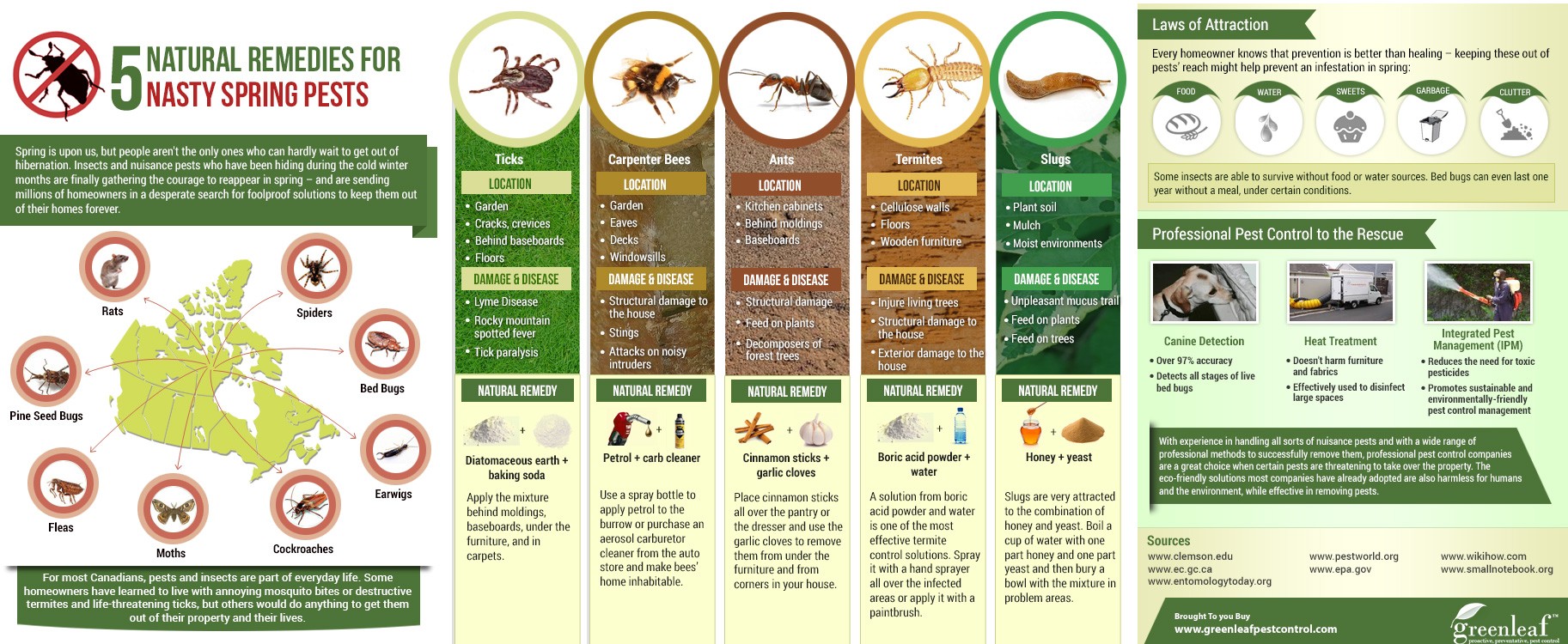Rodent-Proofing Your Attic: Essential Tips For Homeowners
Rodent-Proofing Your Attic: Essential Tips For Homeowners
Blog Article
Web Content Develop By-Britt Park
Imagine your attic as a comfortable Airbnb for rodents, with insulation as cosy as hotel cushions and wiring a lot more attracting than room service. Now, imagine these unwanted guests throwing a wild celebration in your home while you're away. As turner pest control , guaranteeing your attic is rodent-proof is not just about comfort; it has to do with protecting your residential property and loved ones. So, what easy steps can you take to guard your haven from these furry trespassers?
Evaluate for Entry Things
To start rodent-proofing your attic, inspect for entry factors. Begin by thoroughly checking out the outside of your home, trying to find any openings that rats could use to gain access to your attic room. Look for tru force pest control around energy lines, vents, and pipelines, as well as any kind of cracks or holes in the structure or home siding. Make certain to pay very close attention to areas where different structure products meet, as these are common access points for rats.
In addition, examine the roof for any harmed or missing out on tiles, along with any type of spaces around the edges where rodents could squeeze through. Inside the attic room, try to find signs of existing rodent task such as droppings, chewed wires, or nesting products. Use a flashlight to completely check dark edges and surprise rooms.
Seal Cracks and Gaps
Check your attic room completely for any kind of cracks and spaces that need to be sealed to prevent rats from getting in. Rats can press via even the tiniest openings, so it's essential to secure any potential entry points. Check around pipelines, vents, cables, and where the wall surfaces satisfy the roofing. Use a combination of steel wool and caulking to seal off these openings effectively. Steel wool is an exceptional deterrent as rats can not eat with it. Guarantee that all voids are snugly secured to deny accessibility to unwanted pests.
Do not ignore the value of securing spaces around windows and doors also. Use weather stripping or door sweeps to seal these areas efficiently. Inspect the areas where energy lines get in the attic and secure them off utilizing a suitable sealant. By taking the time to secure all splits and voids in your attic, you create a barrier that rodents will find challenging to violation. Avoidance is key in rodent-proofing your attic room, so be thorough in your efforts to seal any kind of prospective entrance factors.
Get Rid Of Food Sources
Take aggressive actions to eliminate or save all prospective food sources in your attic room to hinder rodents from infesting the area. Rodents are attracted to food, so removing their food resources is important in maintaining them out of your attic room.
Here's what you can do:
1. ** Shop food safely **: Stay clear of leaving any kind of food items in the attic room. Store all food in airtight containers constructed from metal or sturdy plastic to avoid rats from accessing them.
2. ** Clean up particles **: Get rid of any stacks of particles, such as old newspapers, cardboard boxes, or timber scraps, that rodents could utilize as nesting material or food resources. Maintain the attic clutter-free to make it less attractive to rats.
3. ** Dispose of waste correctly **: If you use your attic room for storage and have garbage or waste up there, see to it to throw away it routinely and appropriately. Rotting trash bin draw in rats, so maintain the attic room tidy and devoid of any kind of organic waste.
Conclusion
Finally, bear in mind that an ounce of prevention deserves a pound of treatment when it involves rodent-proofing your attic room.
By taking the time to inspect for entry points, seal cracks and voids, and remove food sources, you can keep unwanted bugs at bay.
Keep in mind, 'An ounce of avoidance deserves a pound of remedy' - Benjamin Franklin.
Remain aggressive and secure your home from rodent invasions.
